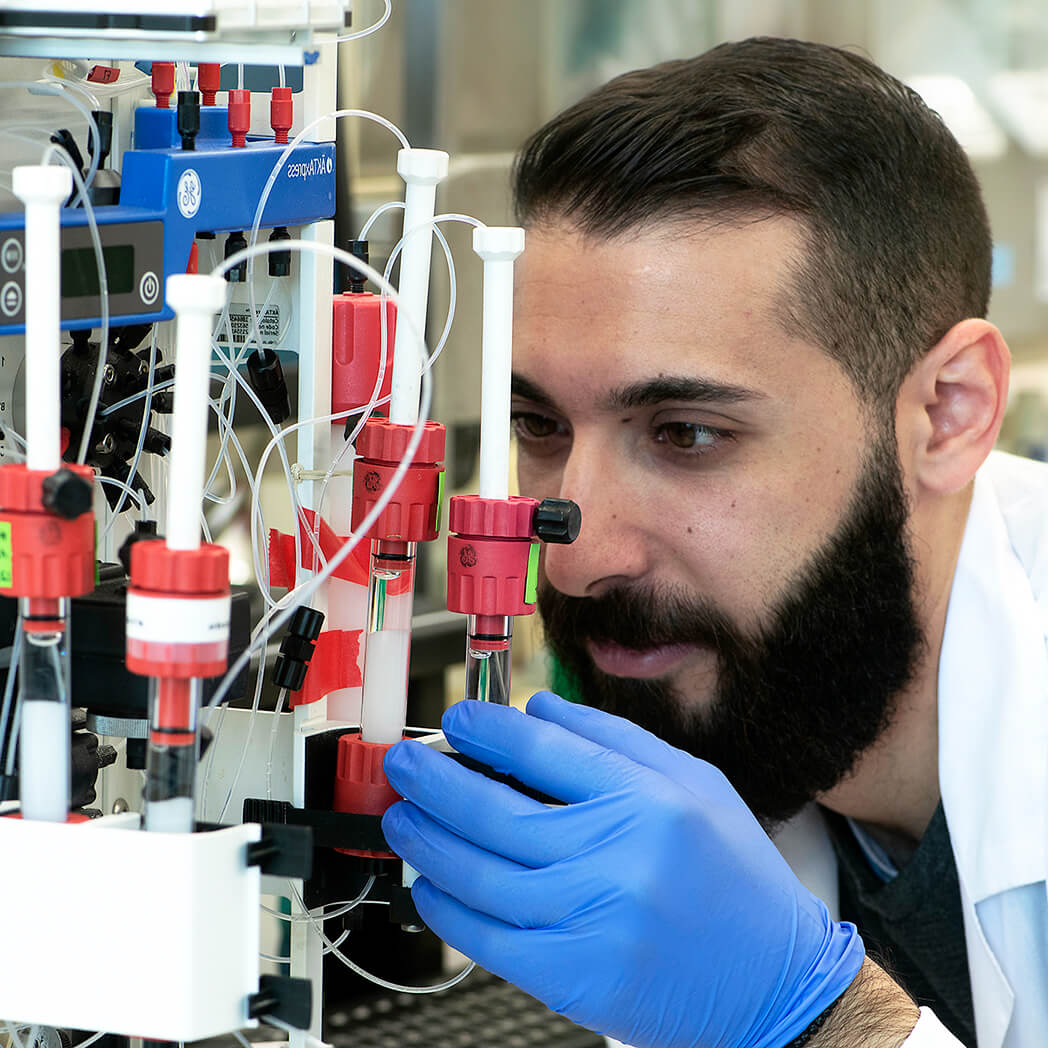Overview
Cat #:
Size:
10 g
Lot:
N125SM0110
Alternative Name Cardene®
Lyophilized Powder yes
Source Synthetic
MW: 515.9
Purity: >99%.
Effective concentration 0.1-100 μM.
Chemical name 5-O-[2-[benzyl(methyl)amino]ethyl] 3-O-methyl 2,6-dimethyl-4-(3-nitrophenyl)-1,4-dihydropyridine-3,5-dicarboxylate hydrochloride.
Molecular formula C26H29N3O6*HCl.
CAS No.: 54527-84-3
Activity Nicardipine HCl is a dihydropyridine that acts as an L-type, voltage-gated Ca2+ channel blocker and is used in the clinic to treat hypertension1,2. Nicardipine inhibits L- and T-type CaV channels with similar potency3.
References-Activity
- Ishikawa, T. et al. (1993) Circ. Res. 73, 1128.
- Sorkin, E.M. and Clissold, S. P. (1987) Drugs 33, 296.
- Furukawa, T. et al. (2005) J. Cardiovasc. Pharmacol. 45, 241.
Shipping and storage Shipped at room temperature. Product as supplied can be stored intact at room temperature for several weeks. For longer periods, it should be stored at -20°C.
Solubility DMSO. Centrifuge all product preparations before use (10000 x g 5 min).
Storage of solutions Up to four weeks at 4°C or three months at -20°C.
Our bioassay
 Alomone Labs Nicardipine HCl blocks L-type Ca2+ currents in Xenopus oocytes.Superimposed current traces of L-type channels (CaV1.2+α2δ1+β1a), before and during applications of 1, 10 and 100 μM Nicardipine HCl (#N-125) as indicated on the left. Holding potential was -100 mV and currents were elicited every 10 seconds by 100 ms steps to +10 mV.
Alomone Labs Nicardipine HCl blocks L-type Ca2+ currents in Xenopus oocytes.Superimposed current traces of L-type channels (CaV1.2+α2δ1+β1a), before and during applications of 1, 10 and 100 μM Nicardipine HCl (#N-125) as indicated on the left. Holding potential was -100 mV and currents were elicited every 10 seconds by 100 ms steps to +10 mV.
Target L-type and T-type Ca2+ channels
Lyophilized Powder
For research purposes only, not for human use
Last Update: 30/03/2021
Specifications
Citations
Citations

